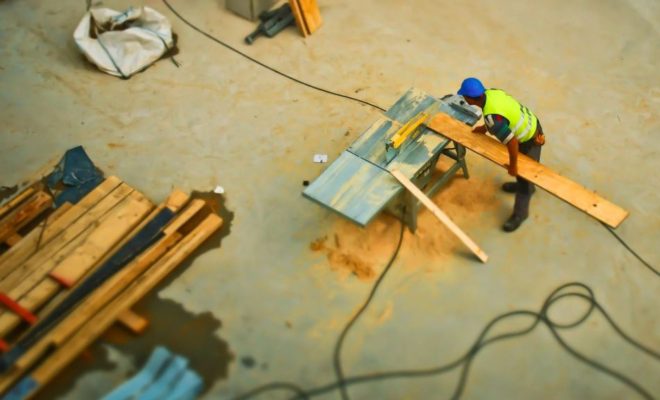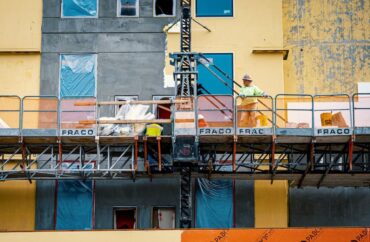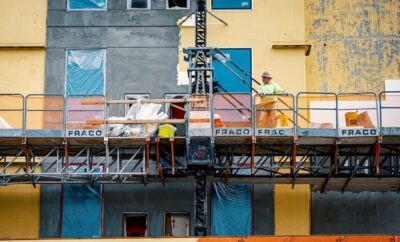
NAHB: Builder Sentiment Surges Above Breakeven Point
A scarcity of current inventory, which continues to drive consumers to new house construction, combined with solid demand and mortgage rates below last fall’s cycle peak, pushed builder morale above a critical threshold in March.
The National Association of Home Builders (NAHB)/Wells Fargo Housing Market Index (HMI) reported that builder confidence in the market for newly built single-family homes increased three points to 51 in March.
This is the index’s highest level since July 2023 and its fourth consecutive monthly gain.
It is also the first time the sentiment level has risen above the 50-point breakeven point since last July.

Buyer demand is strong, and we expect more consumers to enter the market if mortgage rates continue to decline later this year, particularly because the Fed is likely to cut rates in the second half of 2024.
However, builders continue to face a number of supply-side issues, including a lack of buildable lots and experienced labor, as well as new stringent standards that drive up the cost of home construction.
As home building activity increases, prices for building materials will rise.
Mortgage rates have been below 7% since mid-December, according to Freddie Mac, and more builders are decreasing home prices to increase sales.
In March, 24% of builders reported reducing home prices, a decrease from 36% in December 2023 and the lowest share since July 2023.
However, the average price drop in March remained at 6% for the ninth consecutive month.
Meanwhile, the use of sales incentives remains stable. In March, 60% of builders offered some type of incentive, a figure that has hovered between 58% and 62% since September.
The NAHB/Wells Fargo HMI is derived from a monthly survey that NAHB has been conducting for more than 35 years.
It gauges builder perceptions of current single-family home sales and sales expectations for the next six months as “good,” “fair,” or “poor.”
The survey also asks builders to rate traffic of prospective buyers as “high to very high,” “average,” or “low to very low.” Scores for each component are then used to calculate a seasonally adjusted index where any number over
In March, all three major HMI indexes reported rises.
The HMI index recording current sales circumstances grew four points to 56, the component measuring sales expectations over the next six months increased two points to 62, and the component evaluating prospective buyer traffic increased two points to 34.
Looking at the three-month moving averages for regional HMI scores, the Northeast rose two points to 59, the Midwest five points to 41, the South four points to 50, and the West five points to 43.






















